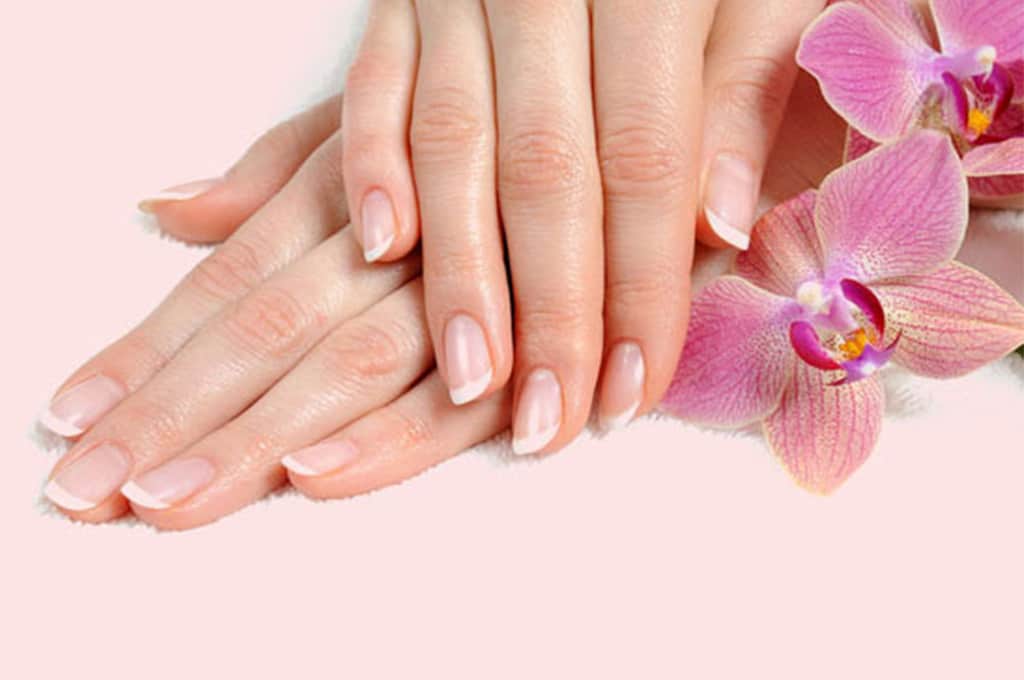Acrylic nails, gel nails can give us a flawless look to our nails. With a little care, you can keep these artificial nails healthy and flawless. These are our recommendations as expert dermatologists:
Before applying artificial nails
Apply artificial nails only on healthy nails. Artificial nails may seem like the perfect cover over brittle nails or nails suffering from a dermatological condition such as psoriasis. You should resist this temptation. Covering brittle or diseased nails makes things worse. It could even cause you to lose your natural nails.
It is best to test for an allergic or irritating skin reaction first. The chemicals used to create artificial nails can cause a skin reaction. Some people develop a pruritic (itchy) skin rash on the skin around their nails. Others develop a rash when an artificial nail touches their skin. If you are going to do artificial nails, first try wearing one nail for a while first.
After applying artificial nails
Clean and check artificial nails daily. Taking a few minutes each day to do the following will help prevent infections:
-Wash your hands with soap and water, using a nail brush to gently clean around your nails.
-While cleaning your artificial nails, check if any of them have loosened.
-Dry your hands and nails very well.
If you find a loose or damaged nail, you can safely repair it.
The risk of developing an infection increases when you wear artificial nails. If you find a loose nail or a nail that has suffered nail damage, we recommend having it repaired at a specialist shop. If you try to repair it yourself at home, make sure that:
-Use glue special for artificial nails.
-Never use a bandage on a broken nail.
Having a bandage on an artificial nail or using an adhesive that is not made specifically for artificial nails will increase the risk of an infection. Signs of infection and inflammation include pain, swelling (swelling), redness (redness), and pus. If you see any of these signs, it's a good idea to see a dermatologist right away.
Recheck and supplement treatments touch–oops every 2 to 3 weeks.
As your natural nails grow, gaps appear between the artificial nails and the natural ones. Fillings are necessary every 2 to 3 weeks. This helps to keep the nails looking good and prevent infections.
Wear gloves when doing dishes, cleaning the house, and doing hobbies like gardening.
You must protect your artificial nails from detergents and other cleaning products. These products can loosen artificial nails – and discolour them.
Use your fingertips, not your artificial nails.
Artificial nails are hard, and it's tempting to use them as tools. Avoid temptation. You could damage an artificial nail by doing something as simple as opening a soda. When an artificial nail tears, it can also tear your natural nails on top of which it is placed.
Let your natural nails breathe every 2 or 3 months.
Your natural nails need care too. Every few months, remove your artificial nails. Wait a few days before applying new artificial nails.

